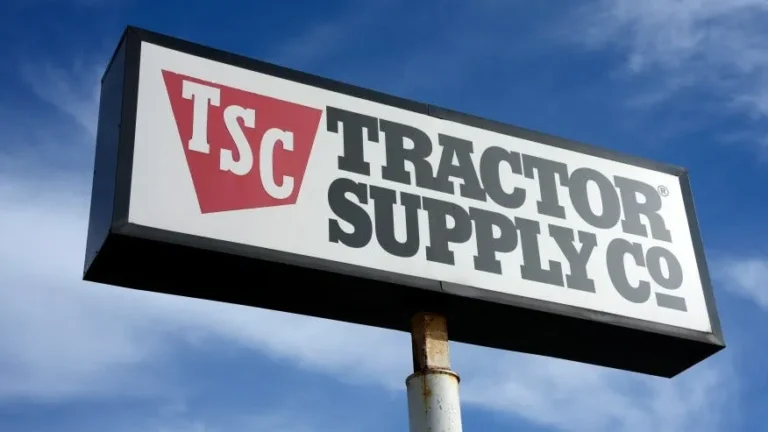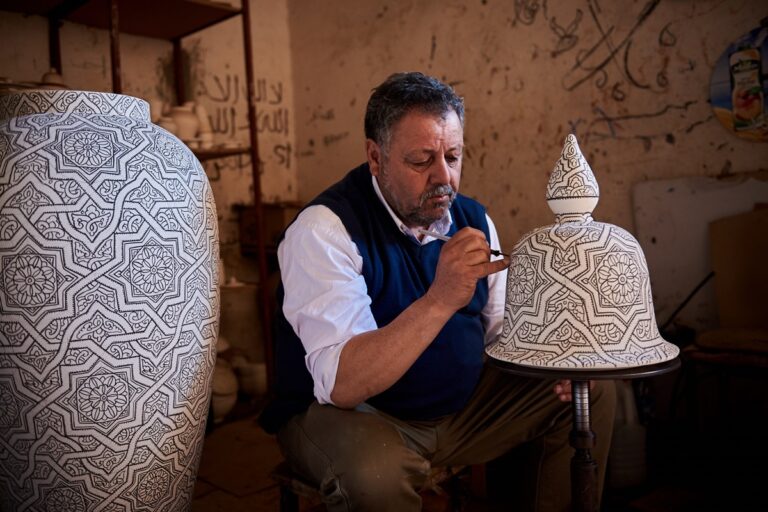Everything You Need to Know About Artificial Putting Green Installation
Imagine stepping out into your backyard and sinking putts like a pro—no driving to the course, no waiting in line, just pure, uninterrupted practice. That’s the beauty of having your own artificial putting green. Whether you’re a casual golfer or a serious enthusiast, an at-home green offers a convenient, fun, and performance-driven way to improve your game. But before you make the leap, it’s essential to understand the process, benefits, and considerations involved in artificial putting green installation.
Why Choose an Artificial Putting Green?
Artificial putting greens have grown in popularity over the years for one simple reason: they combine convenience and performance. Natural grass greens require intensive maintenance—regular mowing, watering, fertilizing, and aeration—to stay playable. Artificial turf, on the other hand, stays consistently smooth and green with minimal upkeep.
Professional-grade synthetic turf is designed to replicate the feel, bounce, and roll of natural grass. With advancements in turf technology, many artificial greens offer excellent ball control and speed, giving you a realistic practice surface that’s available year-round.
Trust the Experts for Quality Results
While DIY installation may seem tempting, working with a professional ensures optimal performance and durability. Poor installation can lead to drainage issues, uneven surfaces, and premature wear.
At Back Nine Greens, we specialize in high-performance artificial putting green installation tailored to your space, skill level, and vision. Our experienced team brings precision, creativity, and craftsmanship to every project—whether it’s a simple backyard green or a professional-grade short game complex.
Key Benefits of Installing a Home Putting Green
Adding an artificial putting green to your home or property offers multiple advantages:
- Convenience: Practice anytime without leaving your house.
- Cost Savings: Reduce long-term maintenance and water expenses.
- Durability: Turf resists wear, weather, and heavy foot traffic.
- Customization: Tailor the green to match your skill level and design preferences.
- Curb Appeal: A well-designed green adds a unique aesthetic and can even increase property value.
Whether you want a simple green for leisurely putting or a multi-hole layout with undulations, synthetic turf gives you complete creative control.
Planning Your Putting Green
The first step in a successful installation is planning. Start by deciding where you want the green installed—most homeowners choose their backyard, but patios, rooftops, or even indoor areas can work depending on available space.
Next, consider the size and shape of your green. Do you want a compact single-hole green or a larger space with multiple features? Other factors to plan for include:
- Slope and contours for realistic putting challenges
- Chipping areas for short-game practice
- Hole placement to add variety
- Landscaping integration for aesthetic appeal
If you’re unsure where to start, professional designers can help you create a layout that fits your goals and space.
The Artificial Putting Green Installation Process
Professional installation ensures your putting green performs well and lasts for years. While every project is unique, the general process includes:
1. Site Preparation
The installation team begins by removing existing grass or debris and leveling the surface. A proper foundation—typically made of crushed stone or decomposed granite—is added for stability and drainage.
2. Shaping and Contouring
Based on your design, the base is shaped to include any slopes, breaks, or undulations. This step is essential for replicating real course conditions.
3. Laying the Turf
High-quality synthetic putting green turf is laid over the prepared surface and precisely trimmed to fit the shape of your green. It’s then secured and stretched to eliminate any wrinkles or imperfections.
4. Cup and Flag Installation
Holes are cut at designated points, and plastic or aluminum cups are installed. You can choose the number and placement of holes to create a more challenging or beginner-friendly setup.
5. Infill and Finishing
Specialized sand infill is brushed into the turf to enhance ball roll and maintain turf integrity. Finally, the surface is smoothed, and optional fringe turf is added for a polished look.
Maintenance Tips for Your Artificial Putting Green
One of the best features of synthetic turf is its low maintenance. However, some simple practices can extend the life of your putting green and keep it performing at its best:
- Brush the turf regularly to keep fibers upright
- Remove debris such as leaves or twigs
- Rinse the surface occasionally to remove dust and dirt
- Check edges and seams for any signs of wear or lifting
- Replenish infill as needed for consistent roll
With basic care, your artificial green can provide over a decade of reliable performance.
Ideal for Residential and Commercial Spaces
Artificial putting greens aren’t limited to backyards. They’re also a great fit for:
- Apartment complexes
- Office courtyards
- Rooftop decks
- Schools and sports training centers
- Golf teaching facilities
Their versatility and aesthetic value make them a smart investment for both personal enjoyment and business enhancement.
Final Thoughts: Elevate Your Game at Home
Installing a home putting green is more than just a luxury—it’s a smart investment in your property, your lifestyle, and your golf game. With the right planning and expert installation, you can enjoy a beautiful, maintenance-free green that’s ready for play whenever you are.
To learn more about expert artificial putting green installation, visit Back Nine Greens and discover how easy it is to bring the course to your backyard.


